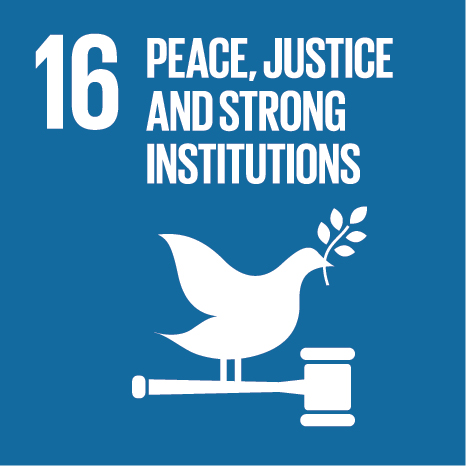Ciência_Iscte
Publications
Publication Detailed Description
The Polar Silk Road: A Euro-Sino Economic, Political and Geo-strategic Challenge
Book Title
La Unión Europea y el Principio de Solidaridad/The European Union and the Principle of Solidarity
Year (definitive publication)
2025
Language
English
Country
Belgium
More Information
Web of Science®
This publication is not indexed in Web of Science®
Scopus
This publication is not indexed in Scopus
Google Scholar
This publication is not indexed in Google Scholar
This publication is not indexed in Overton
Abstract
While delivering a speech at Nazarbayev University in Astana, Kazakhstan, on September 7, 2013, the Chinese President Xi Jinping proposed an ‘economic belt along the Silk Road’ that, connecting China to Central Asia, would represent the biggest market in the world. The concept is inspired by the ancient Silk Road that witnessed hundreds of years of booming trade and cultural exchange on the Eurasian continent. Named ‘The Belt and Road initiative’ (BRI) – the BRI refers to the Silk Road Economic Belt and the 21st Century Maritime Silk Road (MSR) – this strategy intends to bring countries in the world closer than ever, that is, to shorten the distance between the People's Republic of China (PRC) and other countries, and to facilitate trade in Chinese goods. In March 2015, the Chinese government published the Vision and Actions on Jointly Building Silk Road Economic Belt and 21st Century Maritime Silk Road. In May 2017, the first Belt and Road Forum for International Cooperation was convened in Beijing. On June 20, 2017, the National Development and Reform Commission and the State Oceanic Administration released a document titled Vision for Maritime Cooperation under the Belt and Road Initiative, to synchronize development plans and promote joint actions among countries along the MSR. Finally, in his report to the 19th National Congress Communist Party of China (CPC), delivered on October 18, 2017, the general secretary of the CPC Central Committee announced that Beijing wanted to assume a global leadership role. This work aims to investigate the impact of the ‘Polar Silk Road’ (PSR), also known as the the ‘Ice Silk Road’ (ISR), framed within the MSR as part of the broader Chinese maritime geo-strategy, over the European solidarity and security.
Acknowledgements
--
Keywords
China,European union,maritime,EU,Polar Silk Road,Ice Silk Road,Communist Party of China,Belt and Road Initiative,Arctic,Maritime Silk Road,Russia,Europe,ports,trade,Common Security and Defence Policy (CSDP),Euro-Atlantic Partnership Council (EAPC),Partnership for Peace (PfP),NATO,European Parliament,European Free Trade Association (EFTA),UNCOLOS,Exclusive Economic Zone (EEZ),Treaty on the Functioning of the European Union (TFEU),Customs Union,Common Commercial Policy (EU Trade Policy),Common Foreign and Security Policy (CFSP),Northeast Passage,Northeast Passage (NEP),Northwest Passage (NWP),Alaska). Transpolar Route (TSR),North Pole,Arctic Bridge Route,Arctic Sea Bridge,Northern Sea Route (NSR)
Fields of Science and Technology Classification
- Economics and Business - Social Sciences
- Law - Social Sciences
- Political Science - Social Sciences
- Social and Economic Geography - Social Sciences
- Other Social Sciences - Social Sciences
- Other Humanities - Humanities
Contributions to the Sustainable Development Goals of the United Nations
With the objective to increase the research activity directed towards the achievement of the United Nations 2030 Sustainable Development Goals, the possibility of associating scientific publications with the Sustainable Development Goals is now available in Ciência_Iscte. These are the Sustainable Development Goals identified by the author(s) for this publication. For more detailed information on the Sustainable Development Goals, click here.

 Português
Português


